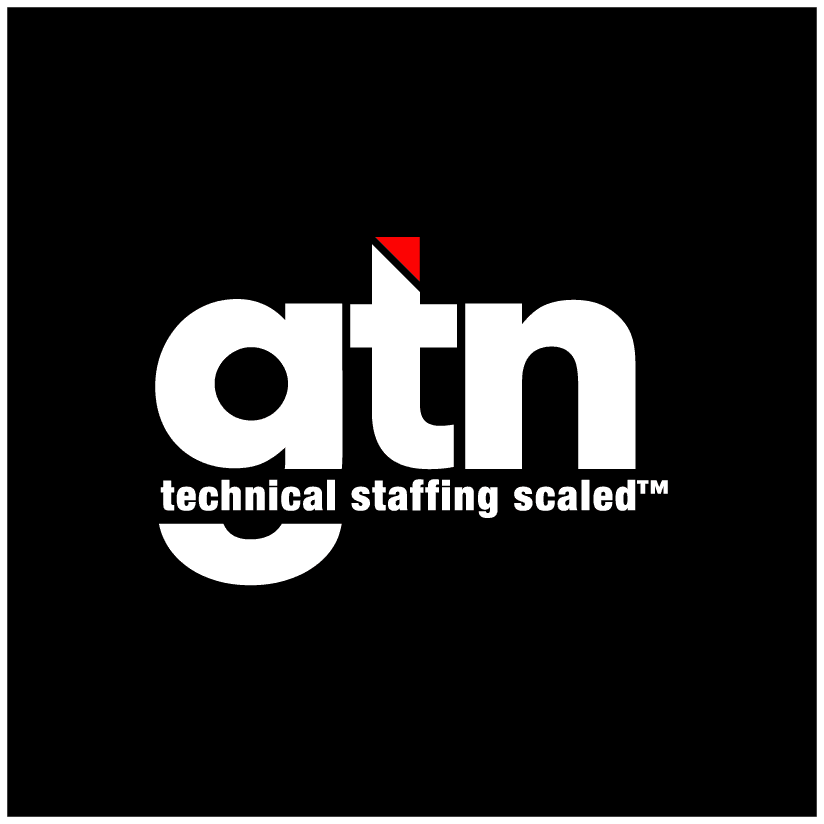Coming Back to the Office Often Comes With Anxiety and Worry
As 2020 recedes into the rearview mirror, businesses that ask their workforce to return to the office may need to address a variety of employee concerns.
While employers face plenty of logistical and practical challenges when it comes to restarting their regular in-office operations, management should not overlook the worries and anxiety that many of their employees may be experiencing. Workers who have spent the better part of a year working from home may feel uneasy about coming back to a workplace in which they may be in close quarters with colleagues, customers, or clients.
How can employers acknowledge these employee concerns and take affirmative steps to ease them? Here are three steps companies can take to help their workforce feel more comfortable and confident about returning to the office:
Maintain a Safe Workplace
Keeping the workplace safe is the most fundamental employer responsibility relating to reopening, and addresses the most relevant employee concerns.
Employers should follow all federal and state laws, executive orders, and other rules and limitations established by local and state governments and public health authorities regarding indoor spaces and employee safety. As a general matter, employers and employees can turn to the guidance provided by the Centers For Disease Control and Prevention (CDC) for basic information about workplace safety.
The CDC guidance includes detailed suggestions as well as general policies and protocols, including:
- Conducting regular employee health checks
- Conducting a workplace hazard assessment
- Encouraging employees to work from home if they are not feeling well
- Implementing policies and practices for improving cleanliness and hygiene
- Improving building ventilation systems
A survey by Weber Shandwick and KRC Research found that the biggest employee concerns for workplace safety upon reopening largely mirror the CDC’s guidance. Specifically, employees want their employers to:
- Extensively clean and sanitize workspaces (55%)
- Encourage sick employees to stay home and implement flexible sick leave policies (52%)
- Promote personal hygiene (40%)
- Provide personal protective equipment (33%)
Open, Honest, and Frequent Communication About Employee Concerns
Employees want to know what is going on at the companies they work for. Employees who receive consistent updates from their companies are more likely to have positive views of their employers and are more inclined to look forward to going back to work. Ignorance is not, in fact, bliss.
Therefore, employers should establish a communications plan specifically focused on workplace safety. This includes encouraging employees to respect each other’s personal space, advising employees about their family and medical leave rights, and encouraging workers to share their concerns or questions without fear of reprisal. Tell employees about all you are doing to keep them safe and ask them if they have any other suggestions that would help ease their concerns.
By enabling honest, two-way communication, company leaders can turn safety awareness into an opportunity to strengthen their corporate culture, enhance employee engagement, and increase long-term productivity and loyalty.
Resources to Help Employees With the Challenges of Returning to Work
The impact of the Government mandating stay-at-home orders on our collective mental health is undeniable. Depression, anxiety, substance abuse, and other mental health issues are on the rise as we all try to cope with the fear, isolation, and uncertainty that continue to cloud our lives. Returning to a changed workplace after months at home can only add to these feelings.
Employers can address this concern by emphasizing the importance of mental health in employee communications. Create a supportive and non-judgmental environment that encourages employees to reach out for help without worrying about how it may look or whether it will have a negative impact on their career. Provide them with ways of obtaining the assistance they need, and promote discussion and support groups that can connect remote employees who may feel lonely and isolated from their colleagues.
GTN Technical Staffing: Helping You Navigate Recruiting and Hiring in the Tech Sector
GTN Technical Staffing provides creative and scalable staffing solutions encompassing SOW, staff augmentation, and direct hire placement for Fortune 2000 companies. Contact us today to learn how we can help you navigate an ever-changing tech talent landscape.






